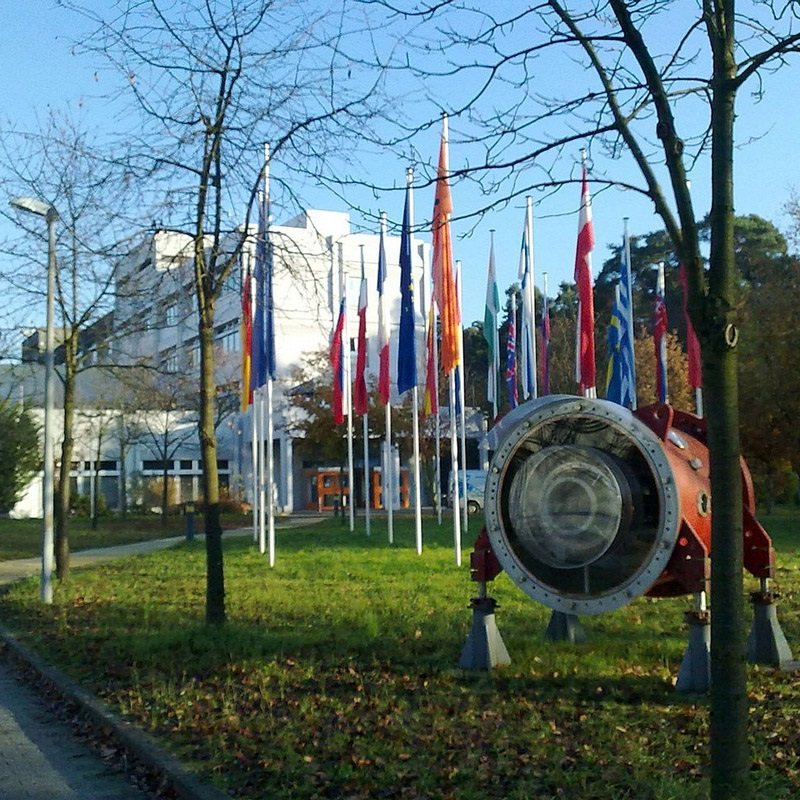Copernicium
112
Cn
Gruppe
12
Periode
7
Block
d
Protonen
Elektronen
Neutronen
112
112
173
Generelle Eigenschaften
Ordnungszahl
112
Atommasse
[285]
Massenzahl
285
Kategorie
Übergangsmetalle
Farbe
n/a
Radioaktiv
Ja
Benannt nach dem Astronom Nicolaus Copernicus
Kristallstruktur
n/a
Geschichte
Copernicium was first created on February 9, 1996, at the Institute for Heavy Ion Research (Gesellschaft für Schwerionenforschung) in Darmstadt, Germany, by Sigurd Hofmann, Victor Ninov et al.
This element was created by firing accelerated zinc-70 nuclei at a target made of lead-208 nuclei in a heavy ion accelerator.
A single atom of copernicium was produced with a mass number of 277.
This element was created by firing accelerated zinc-70 nuclei at a target made of lead-208 nuclei in a heavy ion accelerator.
A single atom of copernicium was produced with a mass number of 277.
Elektronen pro Schale
2, 8, 18, 32, 32, 18, 2
Elektronenkonfiguration
[Rn] 5f14 6d10 7s2
Copernicium has no stable or naturally-occurring isotopes
Physikalische Eigenschaften
Aggregatzustand
Flüssig
Dichte
-
Schmelzpunkt
-
Siedepunkt
-
Schmelzwärme
n/a
Verdampfungswärme
n/a
Spezifische Wärmekapazität
-
Häufigkeit in der Erdkruste
n/a
Häufigkeit im Universum
n/a

Danksagungen für Bilder: Wikimedia Commons (Commander-pirx)
The element was discovered at the Institute for Heavy Ion Research in Darmstadt, Germany
CAS-Nummer
54084-26-3
PubChem CID-Nummer
n/a
Atomeigenschaften
Atomradius
-
Kovalenter Radius
122 pm
Elektronegativität
-
Ionisierungsenergie
-
Molares Volumen
-
Wärmeleitfähigkeit
-
Oxidationszustände
2, 4
Anwendung
Copernicium is used for scientific research purposes only.
Copernicium is harmful due to its radioactivity
Isotope
Stabile Isotope
-Instabile Isotope
277Cn, 278Cn, 279Cn, 280Cn, 281Cn, 282Cn, 283Cn, 284Cn, 285Cn